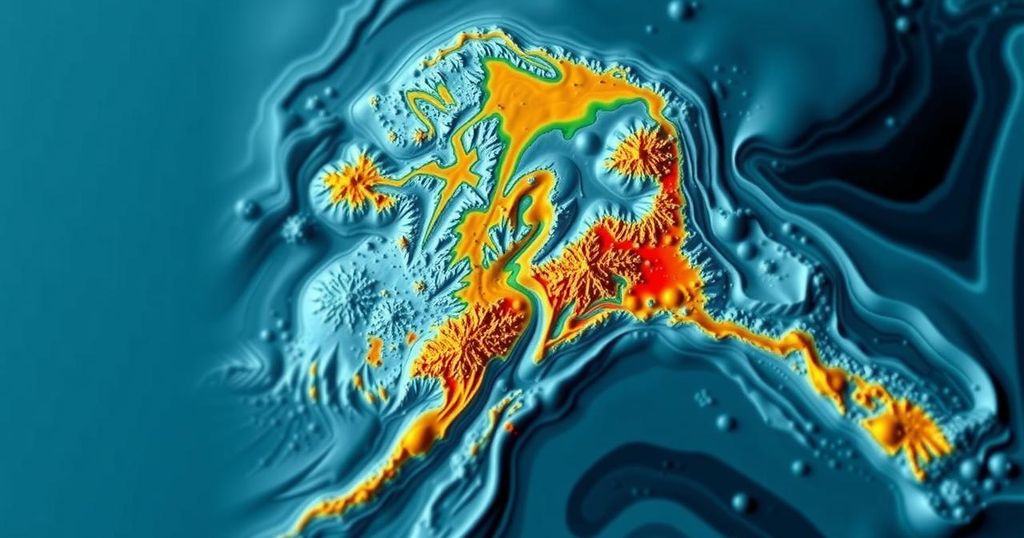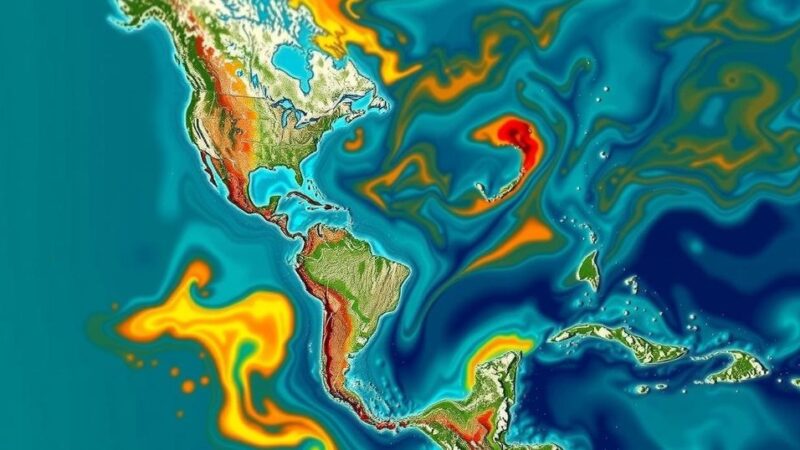A magnitude 1.7 earthquake occurred on November 26, 2024, near Glennallen, Alaska, at a depth of 12.4 miles (20 km). This area is known for significant tectonic activity due to the megathrust and other geological faults, which have historically generated large earthquakes.
On November 26, 2024, a magnitude 1.7 earthquake occurred approximately 45 miles southwest of Glennallen, Alaska, registered at 12:37:40 AKST. The earthquake struck at a depth of 12.4 miles (20 km) and has not yet been evaluated by a seismologist. The event was situated in a tectonically active region characterized by multiple geological features responsible for seismic activity, including the significant megathrust fault associated with the Pacific and North American tectonic plates.
Southern Alaska is a seismically active region due to various geological processes. The strongest seismic events are typically produced by the megathrust fault formed at the convergence of the Pacific and North American plates, as exemplified by the 1964 M9.2 Great Alaska Earthquake. Additionally, intermediate-depth seismicity is linked to the Wadati-Benioff Zone, where the subducting Pacific Plate interacts with the North American Plate, facilitating significant earthquakes like those experienced in 2016 and 2018. The local crustal seismicity stems from numerous geological features, including various faults and folds in the Cook Inlet basin and the Castle Mountain Fault, which have caused notable earthquakes in the past.
In summary, the recent magnitude 1.7 earthquake near Glennallen highlights the ongoing seismic activity within Southern Alaska, influenced by significant tectonic interactions among several geological features. The region’s history of substantial earthquakes, driven primarily by the megathrust fault and other tectonic structures, underscores the importance of understanding these tectonic settings to assess future earthquake risks.
Original Source: earthquake.alaska.edu






